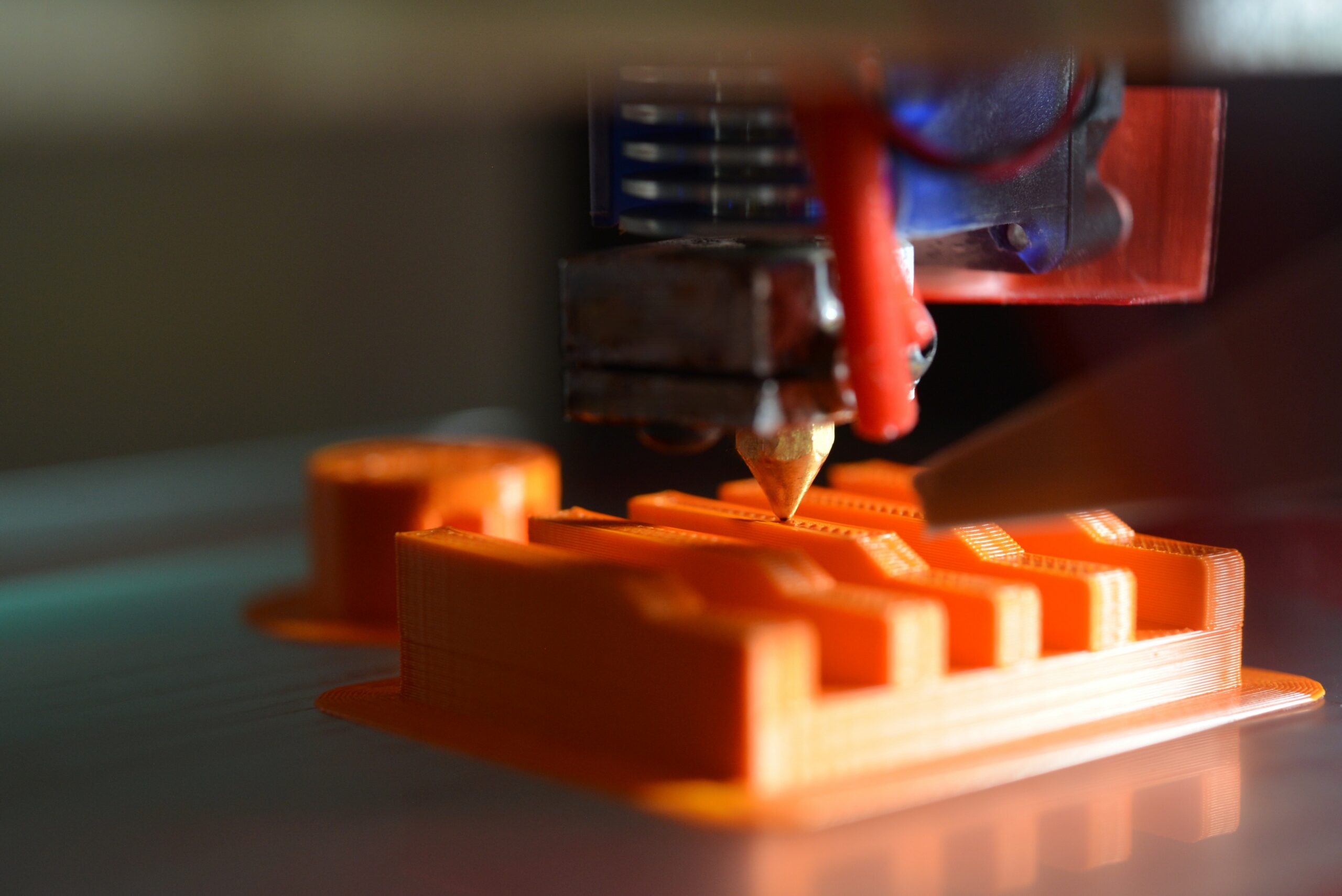The field of architecture and interior design is undergoing a transformative revolution with the advent of 3D printing technology. This innovative approach to construction is reshaping the way buildings are designed, constructed, and experienced. From intricate architectural models to functional building components, 3D printing is pushing the boundaries of what is possible in the architecture and interior industry. Lets look at the transformative power of 3D printing in architecture and interior design, its applications, benefits, and implications for the industry.
- The Basics of 3D Printing: 3D printing, also known as additive manufacturing, is a process that creates three-dimensional objects by layering materials based on a digital model. Unlike traditional manufacturing methods that involve subtractive processes like cutting or molding, 3D printing adds material layer by layer, allowing for intricate and complex designs. The process begins with a digital 3D model, which is then sliced into thin layers. These layers are sequentially printed, stacked, and fused together to form the final object.
2. Applications of 3D Printing in Architecture and Interior Design:
2.1 Architectural Models: 3D printing has revolutionized the creation of architectural models. Architects can now produce highly detailed and accurate physical models of their designs, providing clients and stakeholders with a tangible representation of the final project. These models facilitate better communication, visualization, and decision-making throughout the design process.
2.2 Prototyping and Iteration: 3D printing enables architects and interior designers to quickly produce prototypes of building components or interior elements. This rapid prototyping allows for iterative design processes, where ideas can be tested, refined, and improved before final implementation. This reduces time and cost associated with traditional prototyping methods.
2.3 Customization and Personalization: 3D printing allows for the customization and personalization of architectural and interior elements. Designers can create unique, one-of-a-kind pieces tailored to the specific needs and preferences of clients. From custom light fixtures to intricately designed furniture, 3D printing opens up endless possibilities for creative expression.
2.4 Complex Geometries and Organic Forms: With 3D printing, architects and designers can explore complex geometries and organic forms that were once difficult to achieve using traditional construction methods. The layer-by-layer additive process enables the creation of intricate and unconventional shapes, allowing for more expressive and dynamic designs.
2.5 Building Components and Structures: 3D printing is now being utilized to fabricate building components and even entire structures. This approach, known as 3D-printed construction, offers faster construction times, reduced material waste, and increased design flexibility. From walls and facades to structural elements, 3D printing is transforming the way buildings are constructed.
- Benefits of 3D Printing in Architecture and Interior Design:
3.1 Design Freedom and Innovation: 3D printing provides architects and designers with unparalleled design freedom. Complex geometries, intricate details, and innovative forms can be easily realized, pushing the boundaries of creativity and innovation in architecture and interior design.
3.2 Efficiency and Cost-Effectiveness: The use of 3D printing can streamline the construction process, leading to increased efficiency and cost savings. Rapid prototyping and iterative design allow for quicker decision-making, reducing project timelines. Additionally, 3D printing can minimize material waste by optimizing material usage, resulting in cost-effective construction.
3.3 Sustainability and Environmental Benefits: 3D printing has the potential to be more sustainable compared to traditional construction methods. By minimizing material waste and optimizing resource usage, 3D printing reduces the environmental impact of construction. Additionally, local production and on-site fabrication can reduce transportation-related carbon emissions.
3.4 Enhanced Collaboration and Communication: 3D-printed architectural models and prototypes improve collaboration and communication between architects, designers, clients, and stakeholders. Physical models provide a shared visual reference, facilitating better understanding and decision-making throughout the design and construction process.
- Implications and Future Outlook:
4.1 Evolution of Design and Construction: The integration of 3D printing in architecture and interior design marks a significant shift in how we approach the design and construction of buildings. The technology opens up new possibilities for creative expression, challenging conventional design norms and enabling more sustainable and efficient construction practices.
4.2 Redefining Industry Standards: As 3D printing technology continues to advance, it has the potential to redefine industry standards and norms. Architects and designers will need to adapt to new methods of designing, collaborating, and constructing. This evolution will require a deeper understanding of the capabilities and limitations of 3D printing technology.
4.3 Ethical and Regulatory Considerations: The adoption of 3D printing in architecture raises ethical and regulatory considerations. Intellectual property rights, safety standards, and quality control mechanisms will need to be addressed to ensure the responsible and ethical use of 3D printing technology in the industry.
4.4 Collaboration and Interdisciplinary Approaches: The integration of 3D printing in architecture and interior design necessitates collaboration between architects, designers, engineers, and material scientists. Embracing interdisciplinary approaches and fostering collaboration will be crucial in unlocking the full potential of 3D printing.
3D printing technology is revolutionizing the architecture and interior design industry, transforming the way buildings are designed, constructed, and experienced. Its applications range from architectural models and prototypes to fully functional building components. With its numerous benefits, including design freedom, efficiency, sustainability, and enhanced collaboration, 3D printing is poised to reshape the future of architecture and interior design. As the technology continues to advance, it will be exciting to witness the creative and innovative possibilities that 3D printing will bring to the industry.











